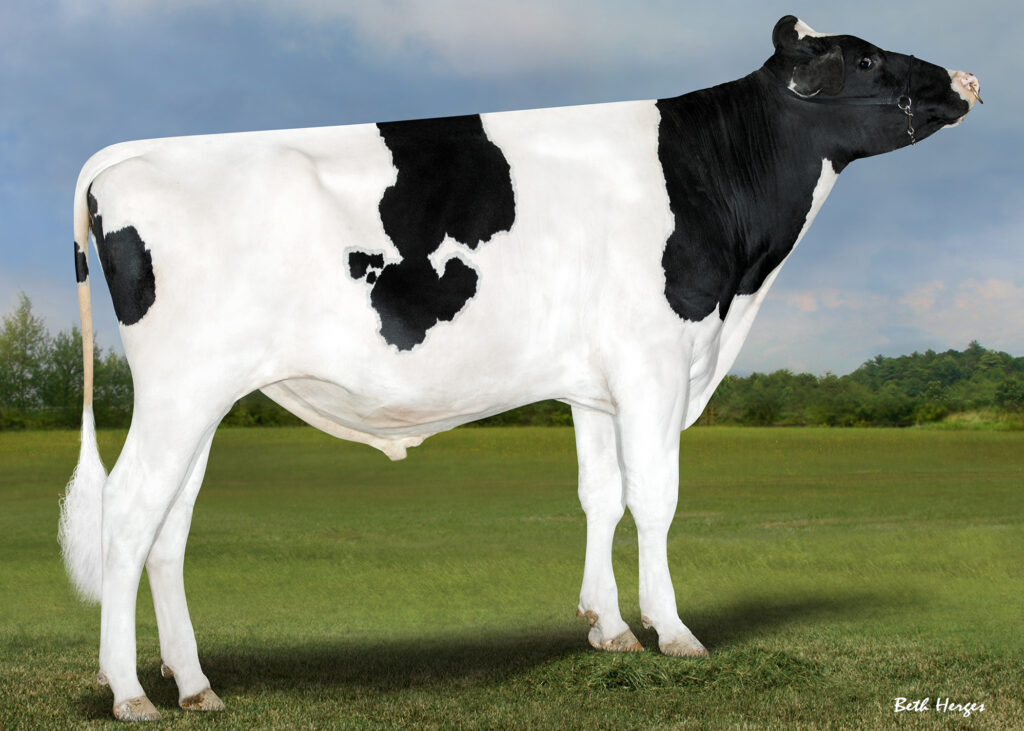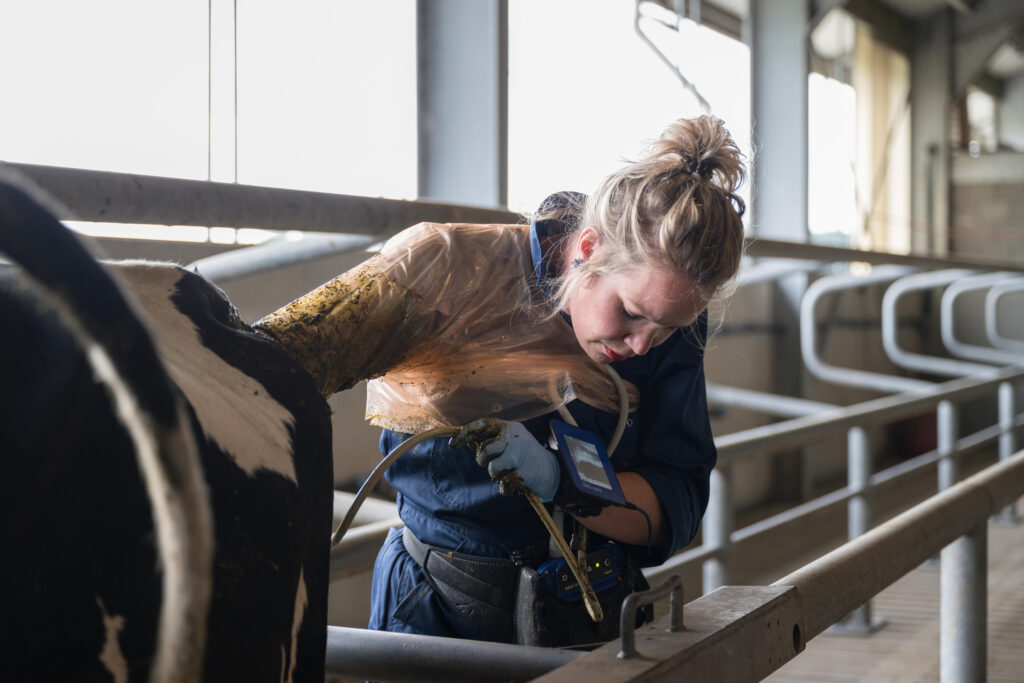Can breeding contribute to reducing heat stress in cows?
Heat stress is a common problem in cows, especially during the summer months. The health and well-being of cows can be affected by high temperatures and high humidity, which can result in lower milk production. Targeted breeding by selecting traits that increase the resistance of cows to heat stress can help to reduce the sensitivity of cows to high temperatures and humidity. Examples of traits that can be selected include:

1. Heat tolerant genes:
Genes are known to contribute to better heat tolerance of cows, such as the genes related to sweat production, regulating the body temperature and adapting to changes in the surrounding climate.
2. Higher antioxidant production:
Heat causes oxidative stress in cows, which can lead to damaged cells and inflammation. Targeted selection of cows with higher production of antioxidants enables breeders to produce cows that are more resilient to this stress.
3. Improved thermoregulatory ability:
Cows with a greater ability to regulate their body temperature have a better tolerance to high temperatures. Targeted selection of cows with a better thermoregulatory ability enables breeders to produce cows that are less likely to overheat.
Slick gene reduces heat stress in cows
The collective name for these genes is the slick gene. By selecting bulls that carry the slick gene, it is possible to breed cows with a better tolerance to high temperatures. K.I. SAMEN was the first AI station in the Netherlands to introduce the slick gene with Colganados JB Aviator SL. Also read our previously published article: “Slick gene arms the practical cow of tomorrow against heat!”
Other management strategies to reduce heat stress:
As well as using the slick gene, management strategies can help minimise heat stress in the short term. Some ways to prevent heat stress in cows are listed below:
- Provide sufficient shade: cows must always have access to sufficient shade so they can rest and cool down. Provide shade in the form of trees, sunshades, awnings or other covered areas.
- Supply sufficient cool water: ensure that cows always have access to sufficient, cool drinking water. Water is essential for the body functions of cows and helps them cool down.
- Reduce the surrounding temperature: reducing the temperature around the cows is an effective way to prevent heat stress. You can reduce the temperature using fans, for example, (at temperatures above 18-20°C) and water misting systems (at even higher temperatures).
- Modify the ration: modifying the feed ration can help reduce how much heat the cows produce. You can do this by changing the feed composition, for example, or providing the feed at a different time of day. Consult your feed supplier for the best advice.
- Limit the activity of the cows: cows that are too active produce more heat and have a higher risk of suffering from heat stress. Heat stress can be prevented by limiting the activity of the cows, for example by allowing them to rest in a shady place.
- Monitor the climate: it is important to monitor the temperature and humidity levels and when the climate causes heat stress, take measures such as switching from grazing in the daytime to grazing in the evening or at night during extremely high temperatures.







